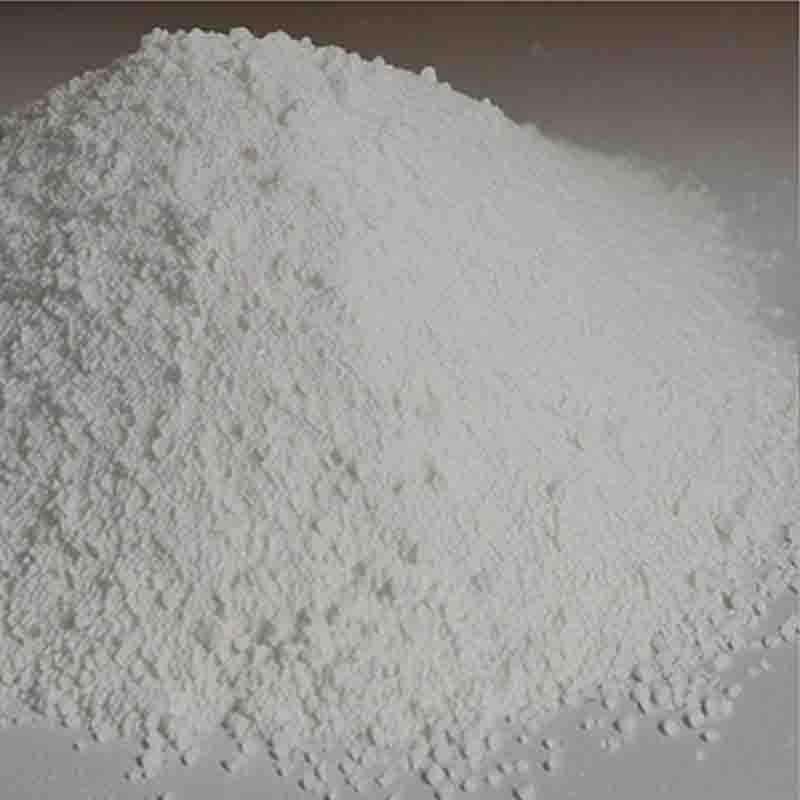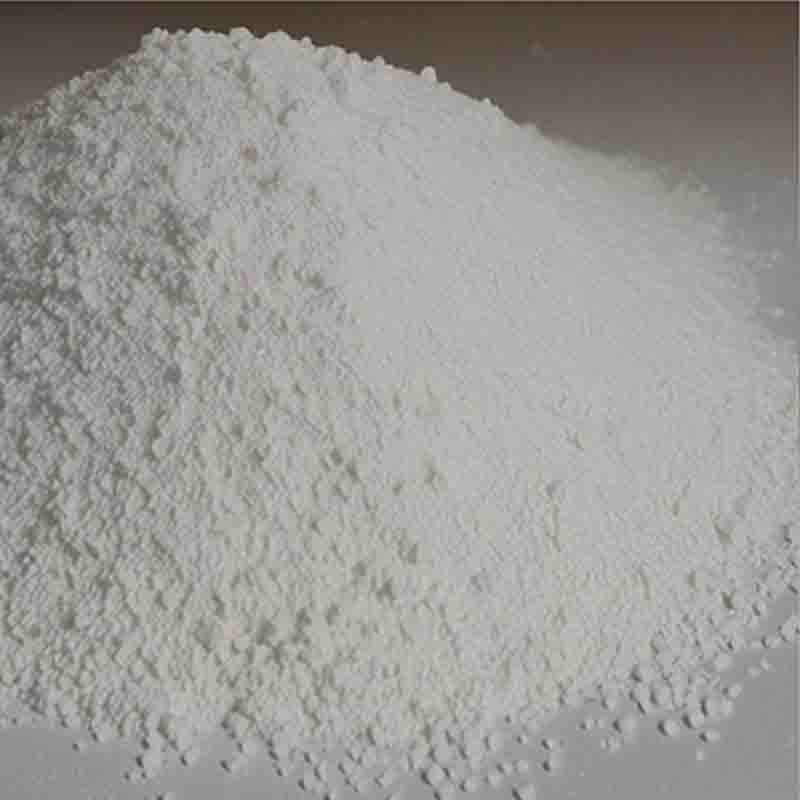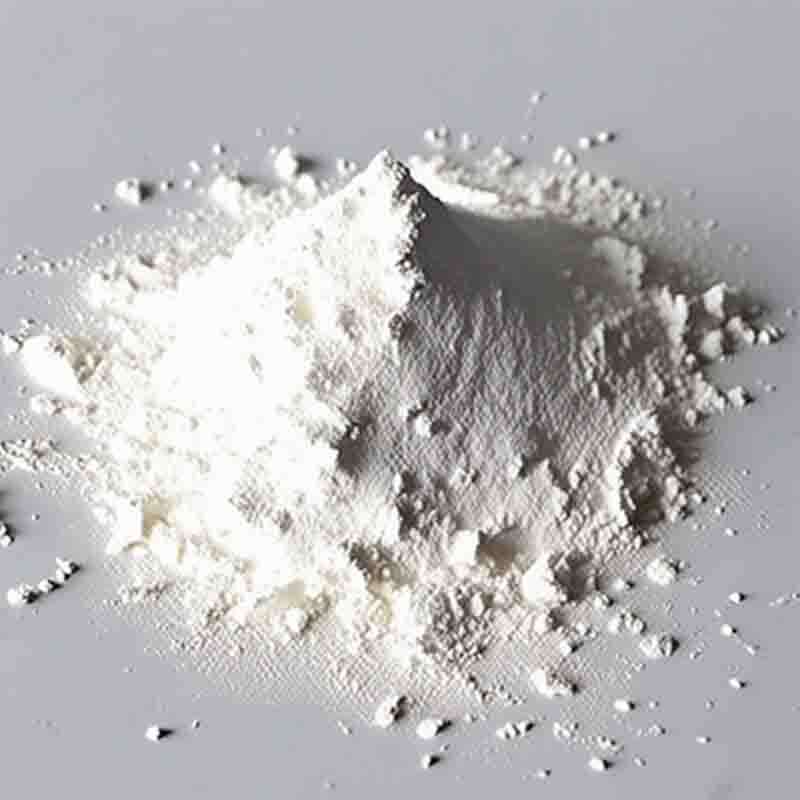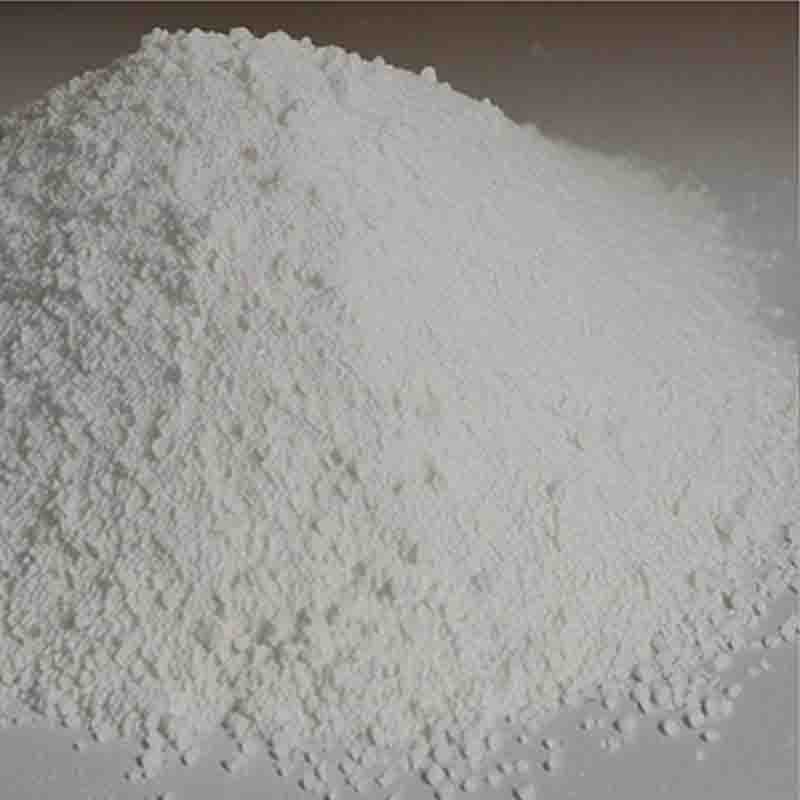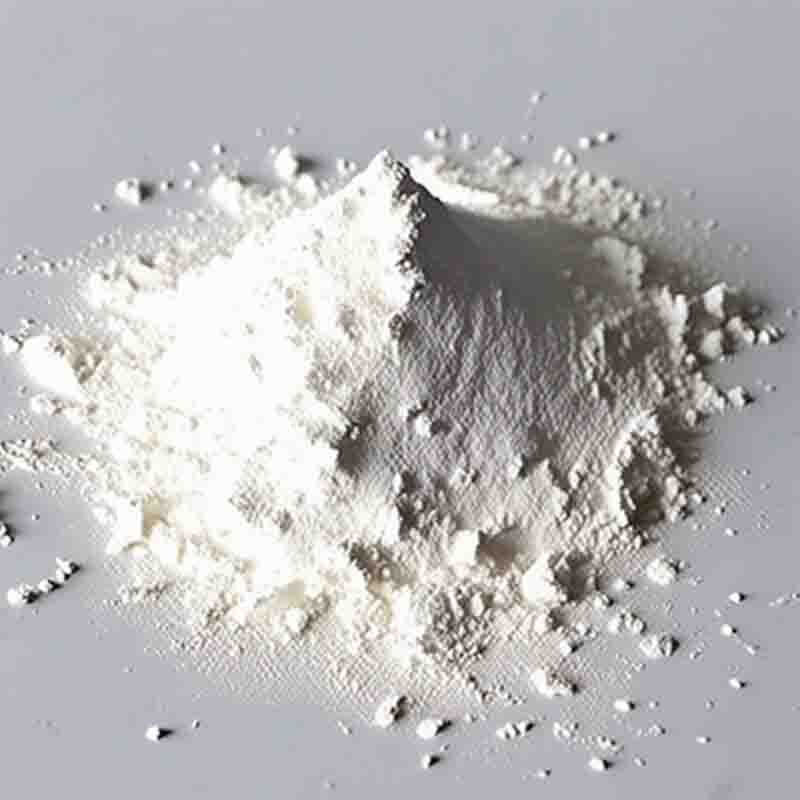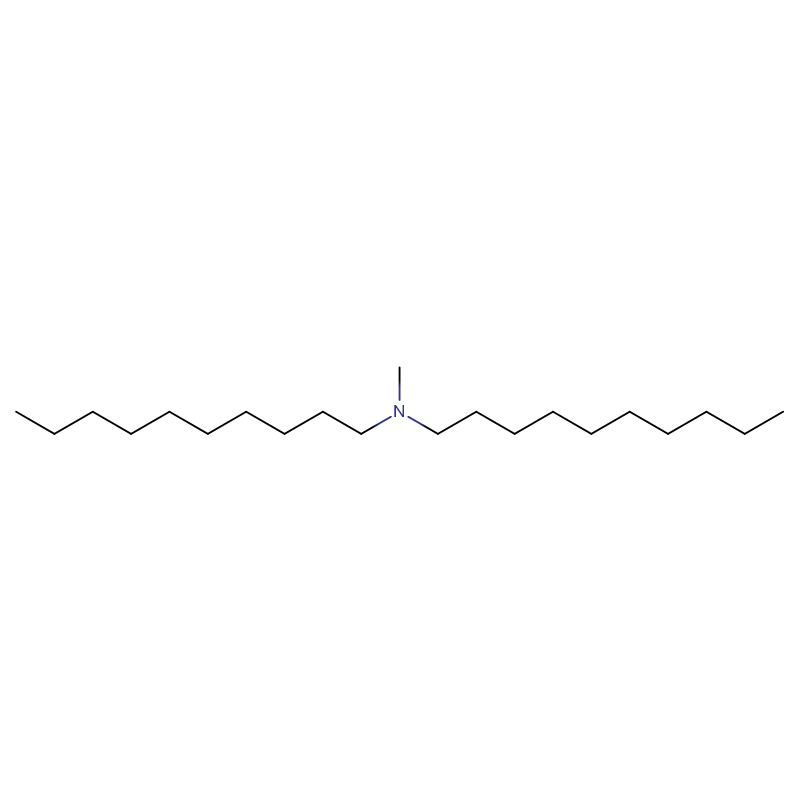Phenylsulfide CAS:139-66-2
| Catalog Number | XD94992 |
| Product Name | Phenylsulfide |
| CAS | 139-66-2 |
| Molecular Formula | C12H10S |
| Molecular Weight | 186.27 |
| Storage Details | Ambient |
Product Specification
| Appearance | White powder |
| Assay | 99% min |
Phenylsulfide, also known as benzylsulfide or phenylthio, is a chemical compound with the molecular formula C6H5S. It consists of a phenyl group attached to a sulfur atom. The presence of the sulfur atom gives phenylsulfide its unique properties and potential effects.One of the notable effects of phenylsulfide is its ability to act as a nucleophile. It can react with electrophiles and participate in various substitution and addition reactions. This reactivity makes phenylsulfide a valuable building block in organic synthesis. It can be used as a starting material or intermediate to synthesize a variety of compounds with diverse properties and functionalities.In addition to its reactivity, phenylsulfide also has potential biological effects. It has been studied for its antimicrobial properties and has shown inhibitory effects against certain microorganisms, including bacteria and fungi. This suggests that phenylsulfide holds promise as a potential antimicrobial agent or as an additive in products with antimicrobial properties.Phenylsulfide has also been investigated for its potential antioxidant activity. Antioxidants are compounds that can help protect cells from oxidative damage caused by free radicals. Phenylsulfide has demonstrated the ability to scavenge free radicals and inhibit lipid peroxidation, which is a process that can lead to cell damage. These findings suggest that phenylsulfide may have potential applications in the development of antioxidant therapies or as an ingredient in cosmetic and skincare products.It is important to note that phenylsulfide, like many sulfur compounds, can have a distinct odor. This can be an important consideration when working with or using phenylsulfide in various applications.In summary, phenylsulfide is a chemically reactive compound with potential biological effects. Its reactivity makes it valuable in organic synthesis, while its antimicrobial and antioxidant properties suggest potential applications in the development of antimicrobial agents, antioxidant therapies, and skincare products. As with any chemical compound, proper handling and safety precautions should be followed to ensure safe and effective use.


